Cooling system
The whole thing can be disassembled relatively easily, because there is no backplate. However, the board material is thick enough not to allow excessive torsion and the two separate, solid cooling blocks are also quickly removed after loosening each of the 2 screws. If you buy such a board, you should check exactly these 4 screws and if necessary tighten them a little bit. I had up to 3 turns more in my case, but this is very important for a good thermal contact
The two heatsinks are not connected by a heatpipe, which is not necessary, as we will see later. The solid design with horizontally embedded cooling fins is completely sufficient.
Voltage regulators
Let us now first look at the area of the voltage transformers. MSI uses a total of ten voltage converter circuits in the CPU, with two each of the 5 generated phases. The company positions itself very clearly against the phase mania, which is of course always a good sales argument from a marketing point of view. From a purely technical point of view, the 10 voltage transformer circuits are completely OK and the efficiency hardly suffers, on the contrary. Two additional phases are available for supplying the SoC.
With a little effort, it is possible to measure a partially somewhat higher residual ripple of the generated voltages in the full load range, but this is still far from any limit values. What many controllers with 8 and more phases can do (and usually do) is to deactivate or relieve several phases in the partial and low load range. Then, for example 8 phases also very fast times whole 4 active phases and one is with some bad luck even in the disadvantage opposite a circuit with 5 permanent phases and 10 active voltage transformer circuits.
The fact that MSI relies on two voltage converters working in parallel on the individual phases has solid reasons, because the so-called doubler chips can be saved and the PWM nodes can be kept simpler if the PWM controller also takes over the role of the gate drivers. Therefore we see at the output of the control circuit one coil per circuit but only 5 capacitors, which is quite sufficient. A RAA229004 from Renesas is used as PWM controller.
The voltage converters are realized by 60-A power stages from Intersil in the form of the ISL99360. For monitoring, MSI uses the less expensive Inductor DCR. What was noticeable was the very high switching frequency, which was already just over 600 KHz in the default values without overclocking. This should also allow the MOSFETs to operate in a very good efficiency window. Unfortunately, such information is almost always missing, and the mere listing of MOSFETs in overviews alone does not say anything. On the contrary, one serves oneself here, certainly unconsciously, to marketing.
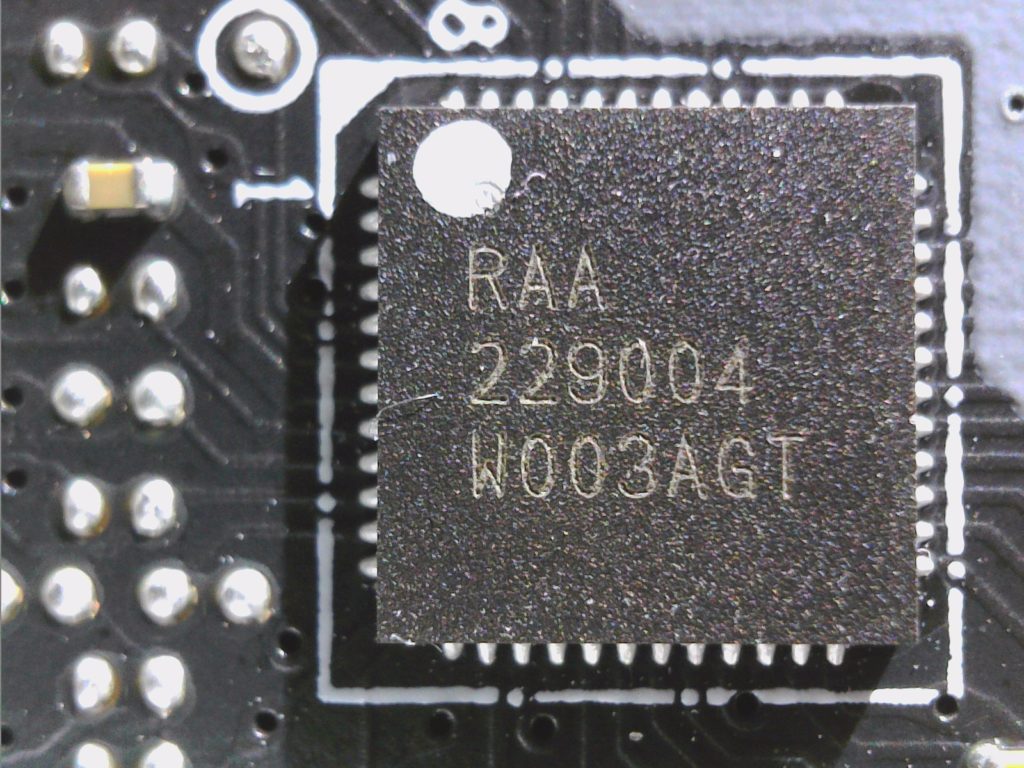
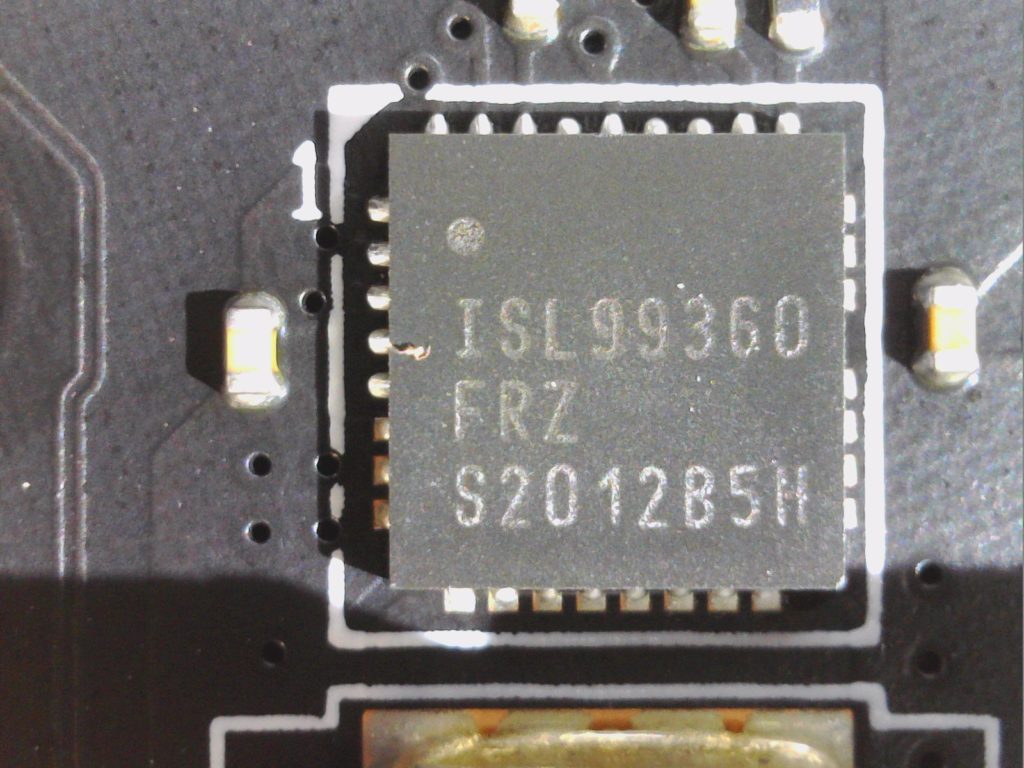
Network and onboard audio
The 2.5 Gigabit Ethernet connection is realized with an RTL 8125B, while an ALC1200 from Realtek is used for the audio processor. However, this chip is a compromise, which I must now go into more detail.
The ALC1200 HD audio codec from Realtek is a SoC and an energy-saving 110 dB SNR multi-channel audio codec with lossless DRM. It offers a maximum of ten DAC channels, which simultaneously support 7.1-channel playback, as well as two independent stereo output channels (multi-streaming) via the stereo output on the front panel (HD audio) with up to 110 dB signal-to-noise ratio (SNR). Two stereo ADCs are also integrated and provide multiple analog audio inputs including a 102 dB SNR stereo line-in and a microphone input including microphone arrays with the software functions Acoustic Echo Cancellation (AEC), Beam Forming (BF), Noise Suppression (NS) and Far Field Voice Pick up (FFP).
All analog inputs and outputs are input and output capable and all of them can also be processed by DSP according to user definitions. There are even three headphone amplifiers integrated at the analog output connectors (Port-D/Port-E/Port-F). These headphone drivers could deliver up to 30 mW into 32 ohms, making an external headphone amplifier unnecessary from Realtek’s point of view. We will have to see in a moment that this is not quite true. The protection of all inputs and outputs on the board is exemplary. We see double Schottky diodes and matching N-Channel MOSFETS against the influence of overvoltages such as static discharges. The capacitors used in the audio area are ok.
The support of the 16/20/24-bit SPDIF output with up to 192 kHz sampling rate allows easy connection to HDMI-compatible devices or to various consumer electronics such as digital decoders and receivers. The ALC1200 supports host audio from the Intel and AMD chipsets and also from any other HDA-compatible audio controller that complies with the HDA specification 1.0a. Software utilities such as multi-band equalizers, independent software equalizers, dynamics compressor and expander, and optional third-party software features such as Nahimic 3D, Dolby PCEE, SRS TruSurround HD, SRS Premium Sound, Fortemedia SAM, Creative Host Audio, Synopsys Sonic Focus, DTS Surround Sensation, UltraPC, and DTS Connect are supported when licensed.
The ALC1200 is better than its reputation, but it also has some distinct disadvantages. The codec itself is absolutely ok and you will find at most a slightly higher noise floor in a blind test, but this depends strongly on the external circuitry and the selected gain. It is also a modern chip, whereby it is of course exactly one price and performance class below the ALC1220. The latter can also be used with higher impedance headphones, at least in the front audio, which definitely doesn’t work with the ALC1200.
As an end user, you can do without protocols such as I2S and I2C if necessary. The fact that DSD is completely missing is rather annoying in some situations. Then you might benefit from, say… the Nubert nuPro X-3200 is also nothing, because they could do that, but don’t get it delivered. But those who use the digital output or USB will generally not notice any difference, DSD and other sophistries are left out. Then it remains rather the question which third party software up to DTS is still supported. However, this is then a pure license question by the board manufacturer and not a hardware feature of the ALC1200.
If you want to know more about the chip and the differences to the ALC1220, you are welcome to read my basic article or watch the video:
MSI MAG B550 Tomahawk (7C91-001R)
 | Zentrallager: 5 Stück lagernd, Lieferung 1-3 WerktageFiliale Wilhelmshaven: 5 Stück lagerndStand: 27.04.24 04:03 | 134,90 €*Stand: 27.04.24 04:04 |
| nullprozentshop.de | siehe Shop | 135,00 €*Stand: 27.04.24 03:39 |
 | Auf Lager, 1-2 Werktage | 135,00 €*Stand: 27.04.24 04:06 |
AMD Ryzen 5 3600X, 6C/12T, 3.80-4.40GHz, boxed (100-100000022BOX)
AMD Ryzen 7 3800X, 8C/16T, 3.90-4.50GHz, boxed (100-100000025BOX)
 | Zentrallager: verfügbar, Lieferung 3-5 WerktageFiliale Wilhelmshaven: nicht lagerndStand: 27.04.24 04:03 | 225,65 €*Stand: 27.04.24 04:04 |
 | Verfügbar - 3-5 Werktage Lieferzeit | 225,66 €*Stand: 27.04.24 03:06 |
 | Lagernd im Versandlager - Lieferzeit 2-5 Werktage | 228,29 €*Stand: 26.04.24 23:50 |
















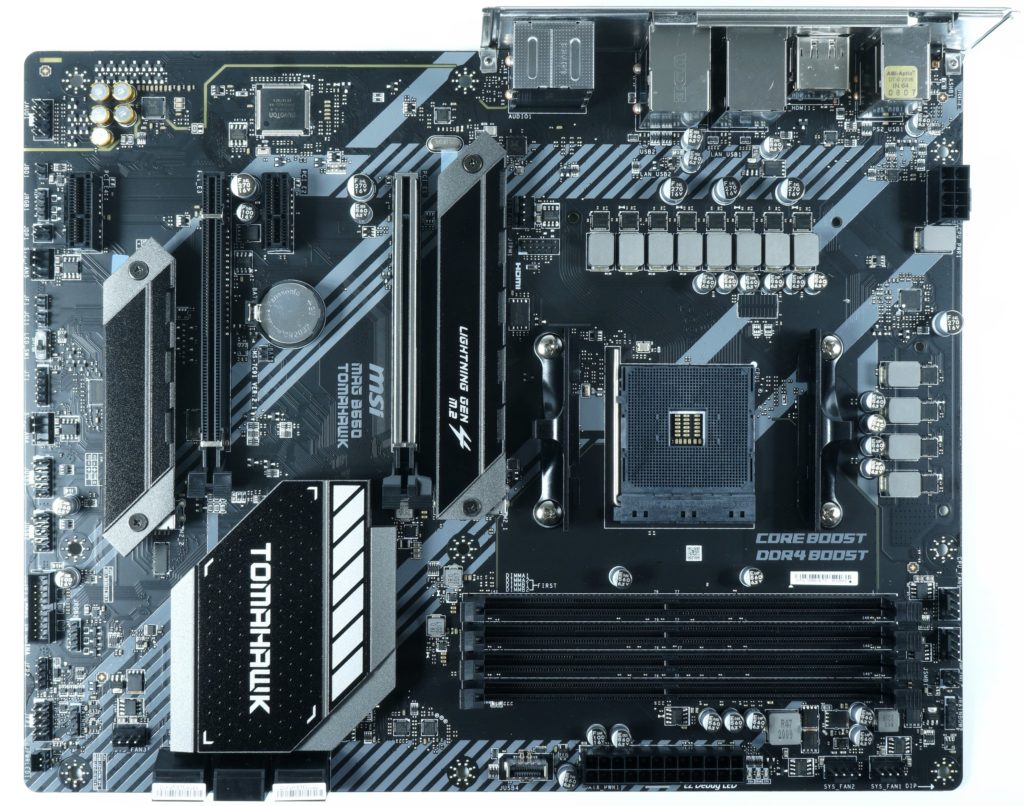
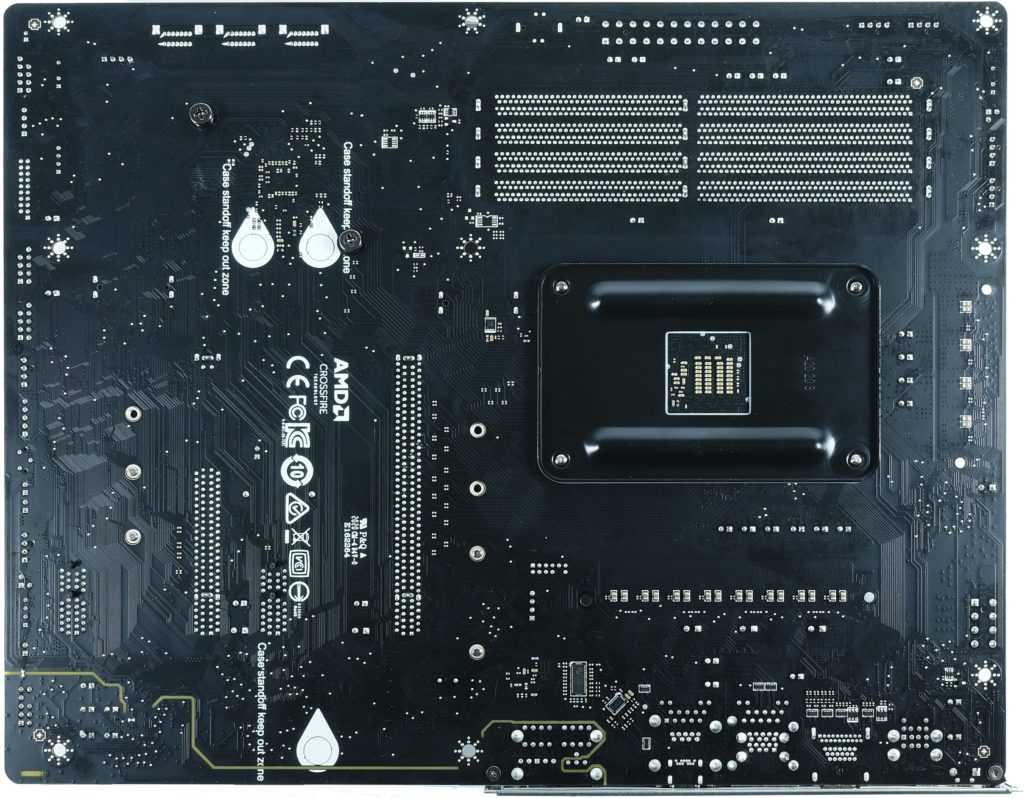
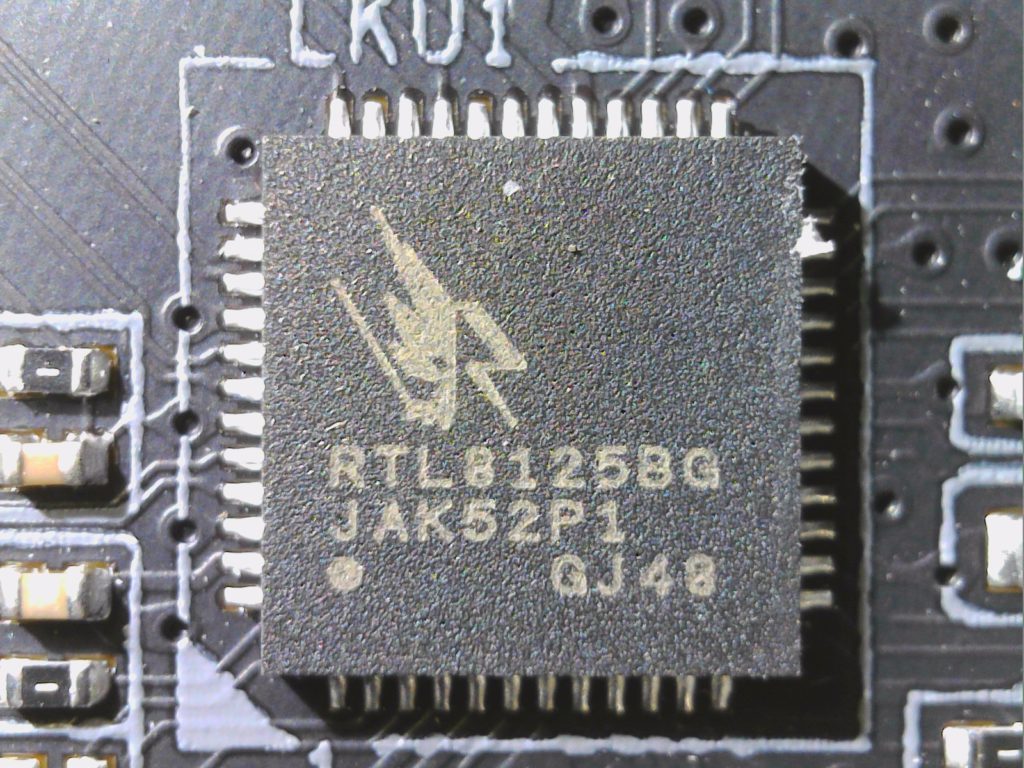
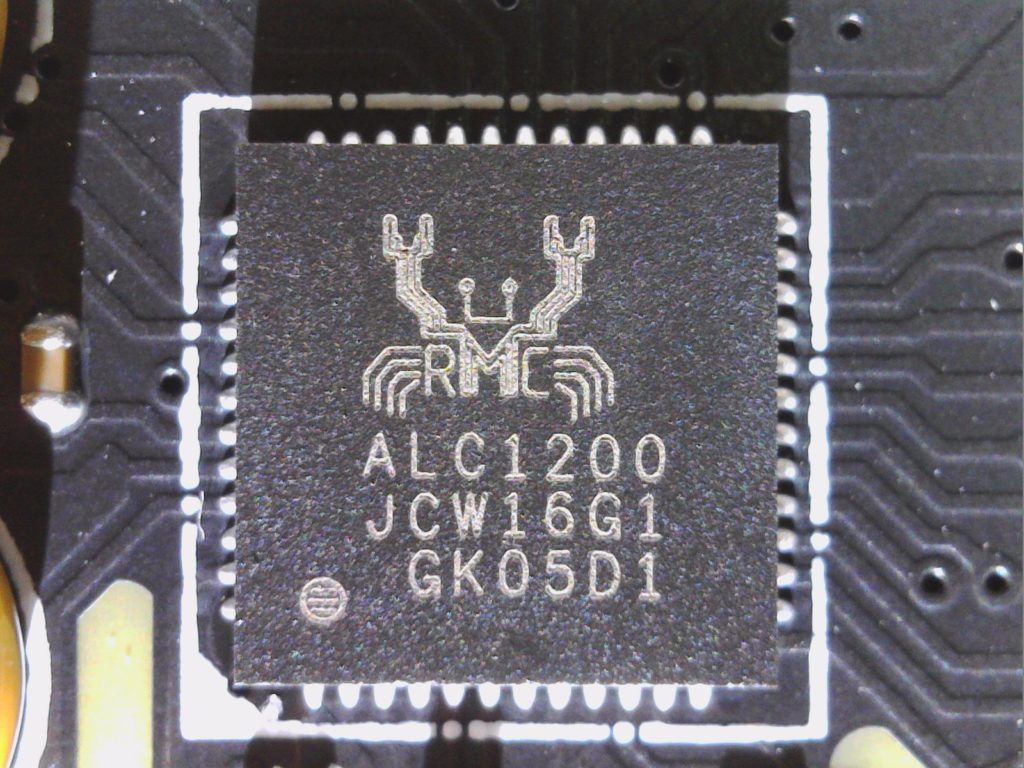
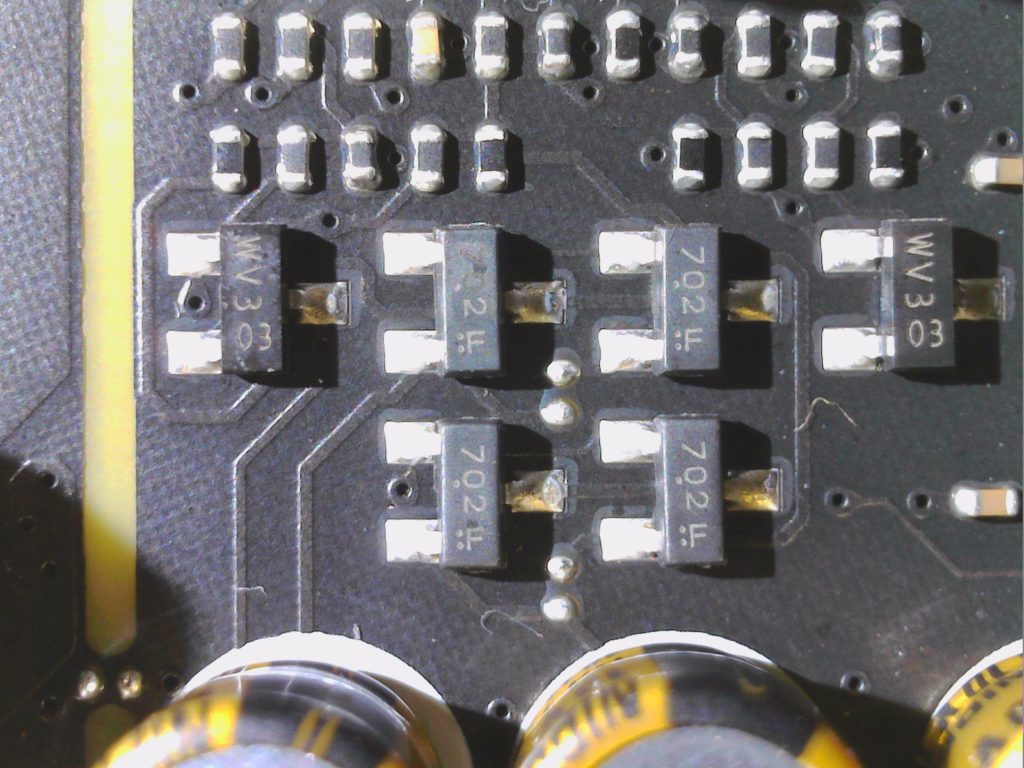


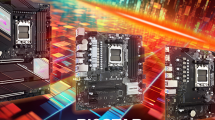















Kommentieren